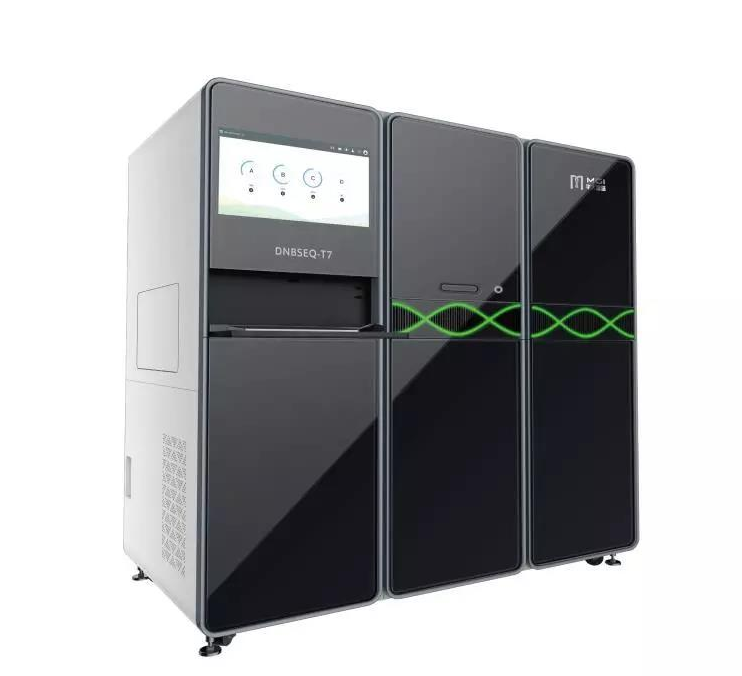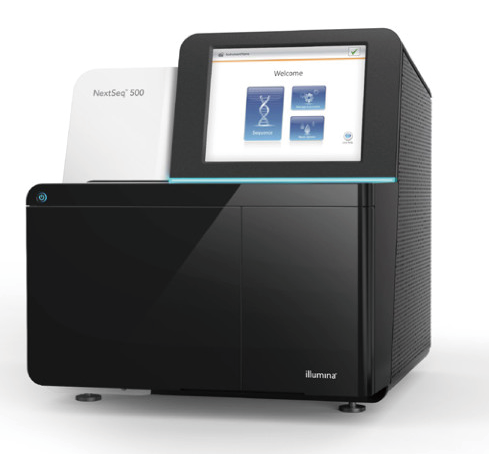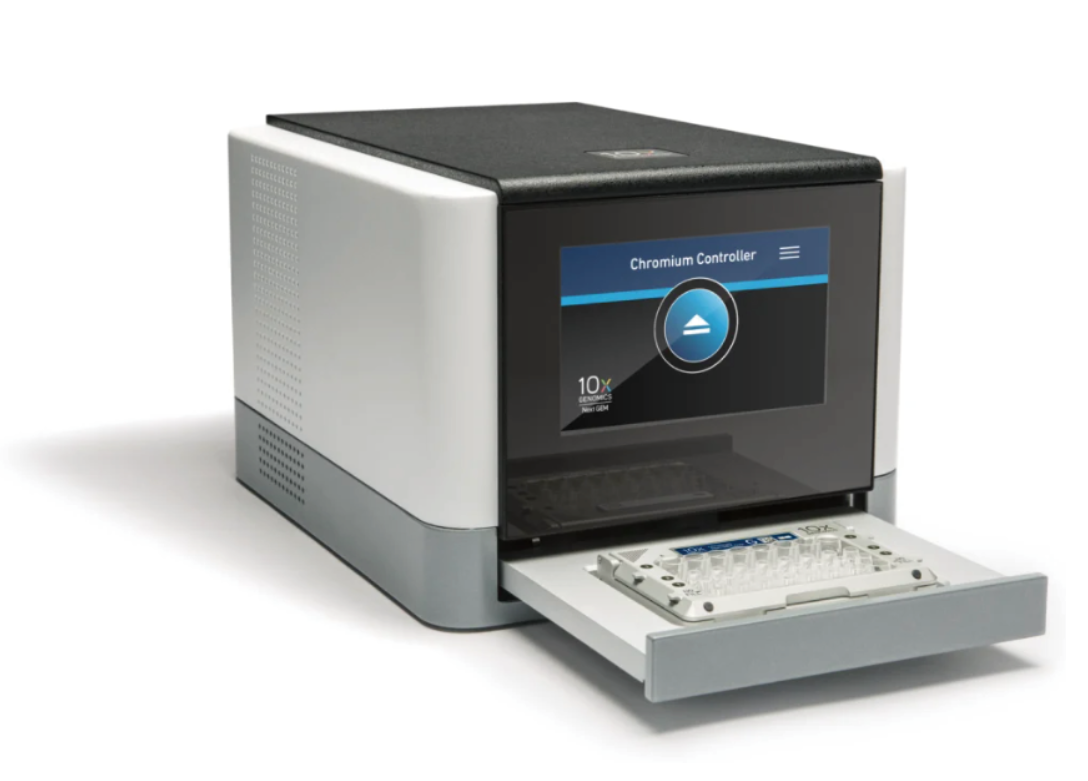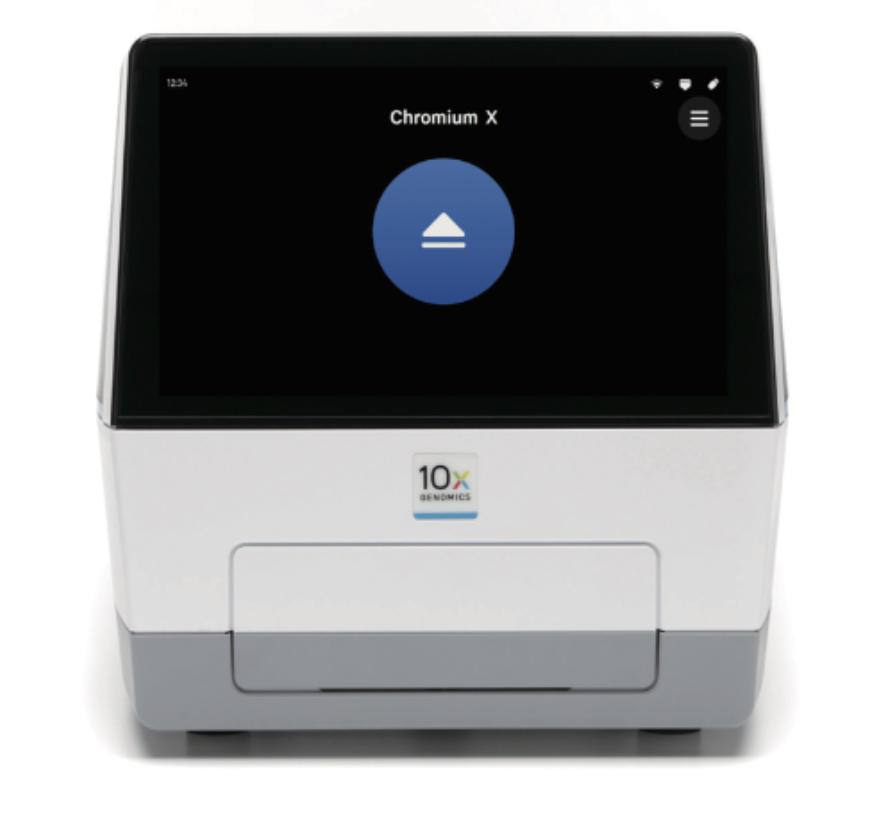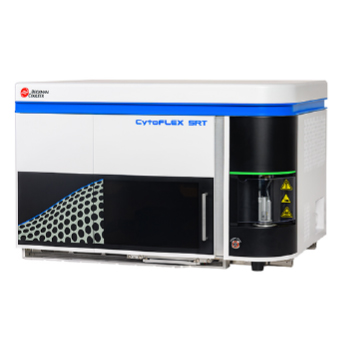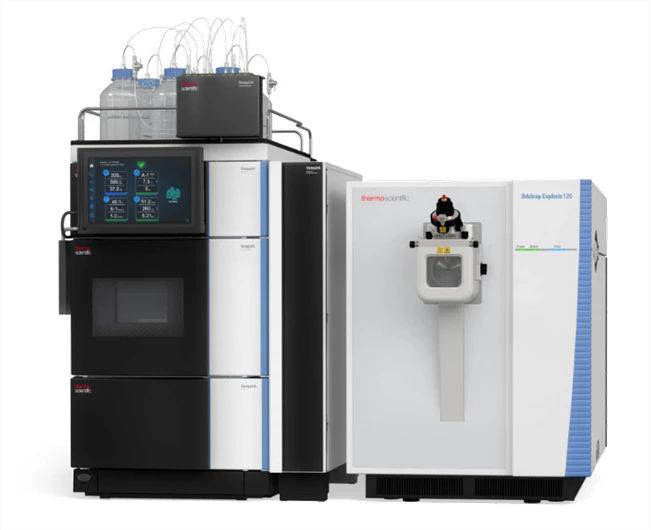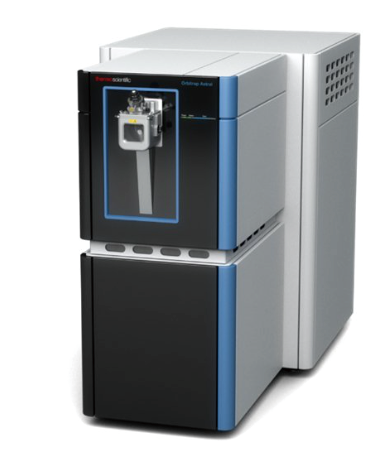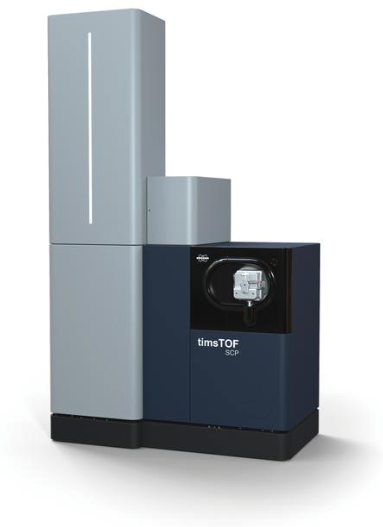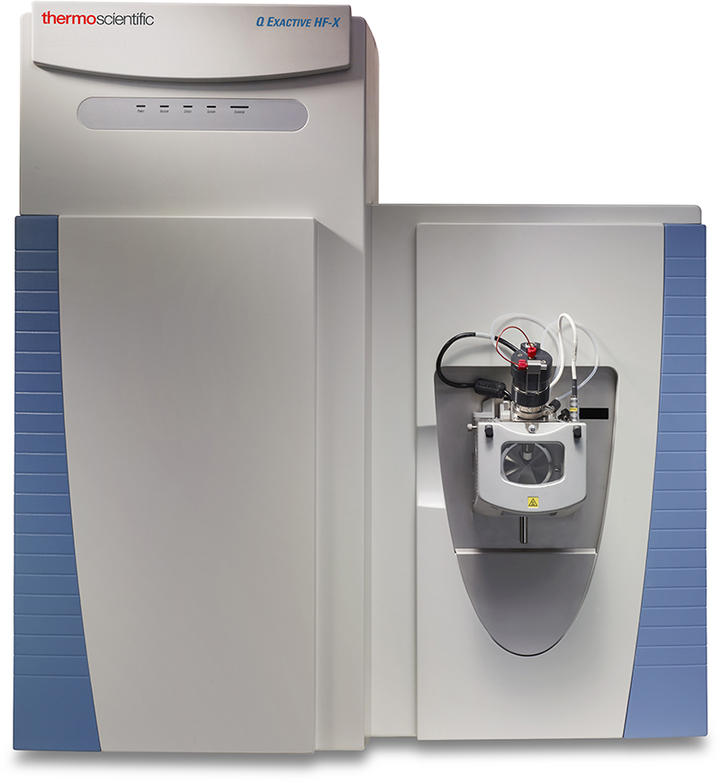
Abstract:
In the present study, we explored the metabolic versatility of anaerobic ammonium oxidation (anammox) bacteria in a variety of Fe (III) concentrations. Specifically, we investigated the impacts of Fe (III) on anammox growth rates, on nitrogen removal performance, and on microbial community dynamics. The results from our short-term experiments revealed that Fe (III) concentrations (0.04–0.10 mM) significantly promote the specific anammox growth rate from 0.1343 to 0.1709 d?1. In the long-term experiments, the Anammox-anaerobic sequencing batch reactor (ASBR) was operated over 120 days and achieved maximum NH4 +-N, NO2 ?-N, and TN efficiencies of 90.98 ± 0.35, 93.78 ± 0.29, and 83.66 ± 0.46 %, respectively. Pearson’s correlation coefficients between anammox-(narG + napA), anammox-nrfA, and anammox-FeRB all exceeded r = 0.820 (p < 0.05), confirming an interaction and ecological association among the nitrogen and iron-cycling-related microbial communities. Illumina MiSeq sequencing indicated that Chloroflexi (34.39–39.31 %) was the most abundant phylum in an Anammox-ASBR system, followed by Planctomycetes (30.73–35.31 %), Proteobacteria (15.40–18.61 %), and Chlorobi (4.78–6.58 %). Furthermore, we found that higher Fe (III) supplementation (>0.06 mM) could result in the community succession of anammox species, in which Candidatus Brocadia and Candidatus Kuenenia were the dominant anammox bacteria species. Combined analyses indicated that the coupling of anammox, dissimilatory nitrogen reduction to ammonium, and iron reduction accounted for nitrogen loss in the Anammox-ASBR system. Overall, the knowledge gained in this study provides novel insights into the microbial community dynamics and metabolic potential of anammox bacteria under Fe (III) supplementation.




